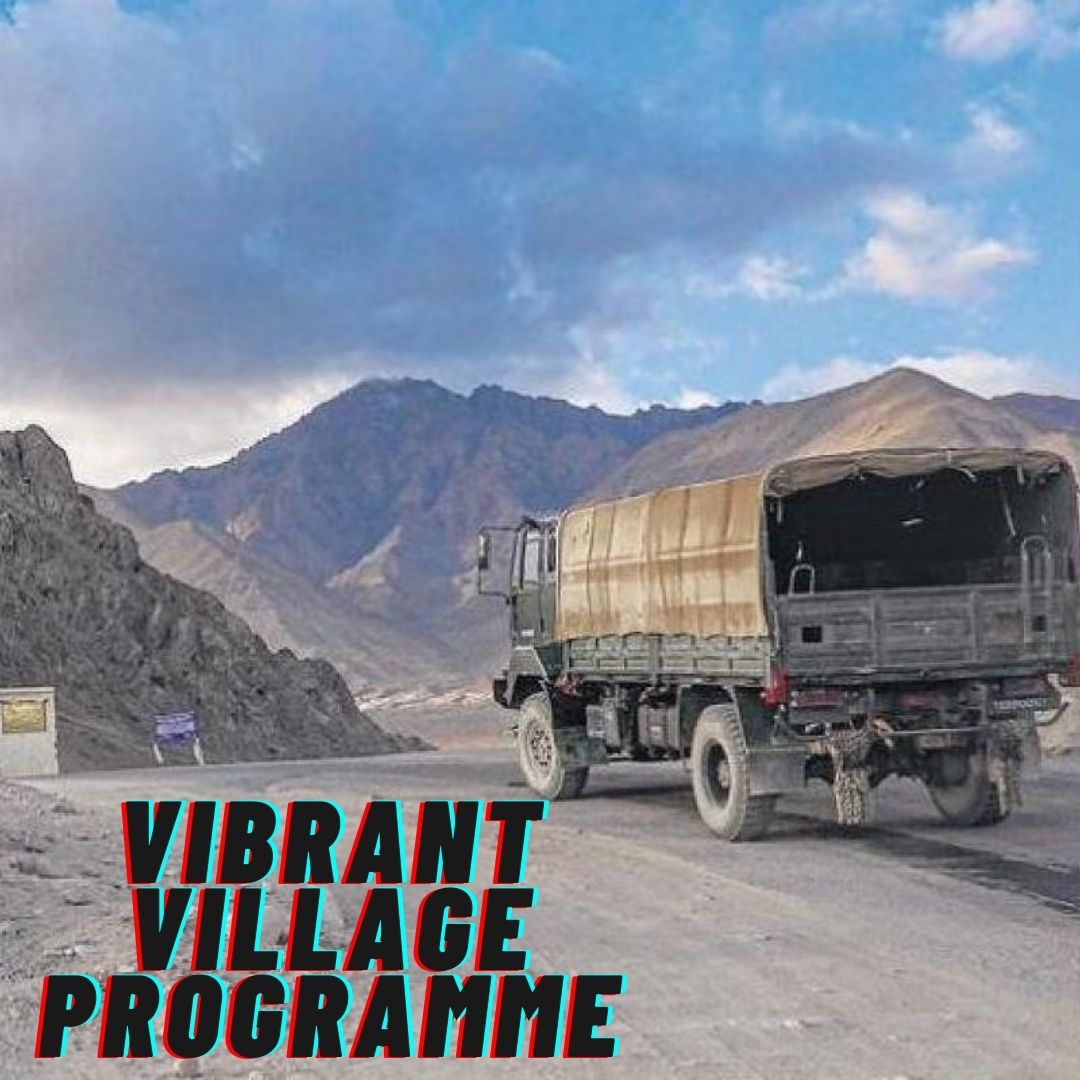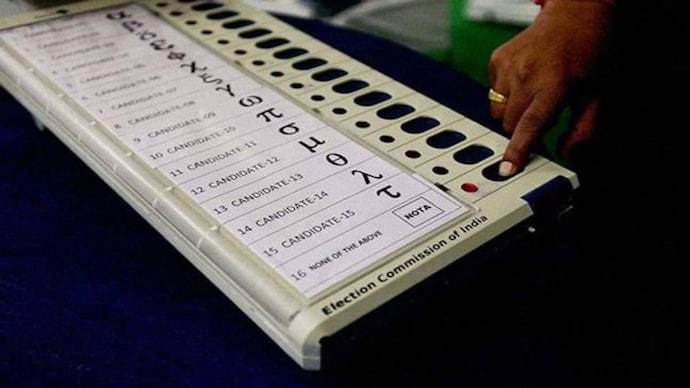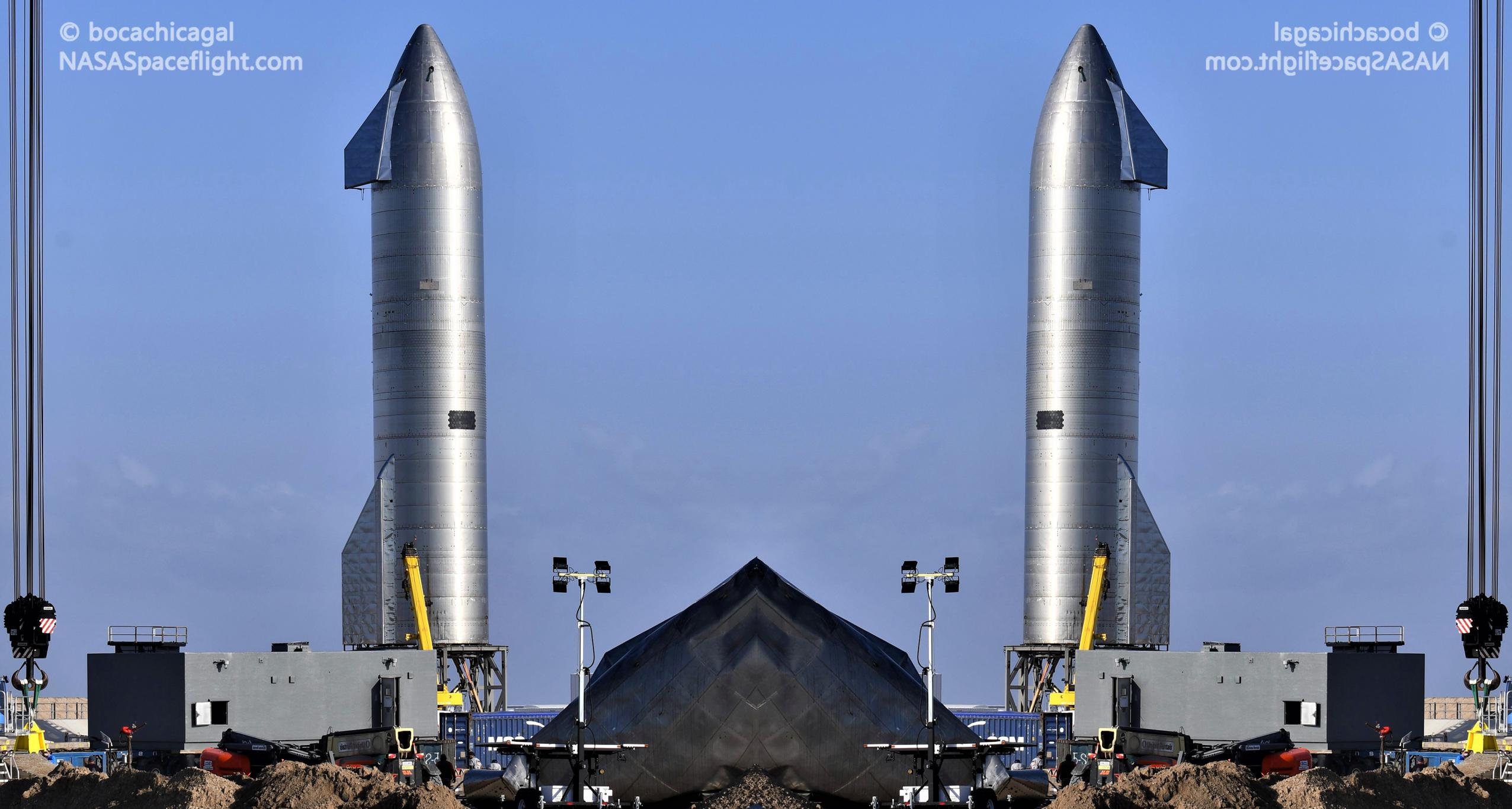The presidency, which India recently assumed for the period 1 December 2022-30 November 2023, will likely open more avenues for cooperation on multiple fronts with countries such as Saudi Arabia, a key member of the Gulf Cooperation Council (GCC) and also a G20 member.
India-Saudi Arabia Bond
- Fourth largest trading partner: India-Saudi Arabia relations have grown comprehensive and robust in recent years, with the kingdom not only becoming New Delhi’s fourth largest trading partner but also an important collaborator in the joint fight against all forms of terrorism, money laundering, and terror financing.
- 18% of India’s energy imports: It is worth noting that bilateral trade in the fiscal year 2021-2022 stood at US$42.8 billion, and the kingdom alone accounts for 18% of India’s energy imports, reflecting the country’s importance in New Delhi’s energy and economic security calculus.
- Collaboration on the defense corridor: At the same time, military-security and defense cooperation has gained traction, owing to a shared set of security threats and challenges, as well as the respective governments’ desire to collaborate in the defense industrial sector (within the ambit of their military modernization programs).
- Cooperation in non-oil fields: The two countries’ ties are no longer solely focused on oil and energy trade (as has been the case in the past), but both sides have begun to explore the possibility of cooperating in areas such as renewable energy, climate change, healthcare, food security, education, technology, and so on.
Partnership in Green and clean energy
- Collaboration with Indian firms: In November 2020, Indian Prime Minister Narendra Modi urged foreign investors to “invest on their own” or collaborate with Indian firms in the country’s green energy sector.
- Reducing reliance on hydrocarbons: Similarly, Saudi Arabia is investing in the same sector in order to reduce its reliance on a hydrocarbon-based economy.
- Saudi Vision 2030 program: In line with its Saudi Vision 2030 program, it launched (2021) the Saudi Green Initiative which works on “increasing Saudi Arabia’s reliance on clean energy, offsetting emissions, and protecting the environment.
- Both countries have set lofty goals: Riyadh, ushering in a new era of energy diplomacy, is forming alliances with countries that share similar goals. This has greatly facilitated the need to expand cooperation with India in the field of renewable energy. While the Indian government aims to generate 450 gigatonnes of electricity from renewable and clean sources by 2030, Saudi Arabia aims for 50% by then.
Cooperation between India and Saudi Arabia in the health sector and during Covid19
- Cooperation with the West Asian region: India has increased its healthcare-related engagements with the wider West Asian region, particularly in areas such as vaccine production, joint medical research, and the exchange of best-fit practices.
- Healthcare professionals to Saudi Arabia: At the height of the aforementioned pandemic, the Indian government aided its Saudi counterpart in combating the outbreak, primarily by dispatching hundreds of Indian healthcare professionals.
- Acceptance of vaccines: Saudi Arabia was also one of the few countries that recognized “Serum Institute of India’s Covishield as an approved COVID-19 vaccine” for any visitors planning to enter the kingdom.
- MoU on health and medical products: The Indo-Saudi Memorandum of Understanding (MoU) on health and medical products regulations, signed during Modi’s 2019 visit to Riyadh, could act as a catalyst in elevating the interactions from their current level.
Cooperation in Food Security
- Investment by the UAE and Saudi Arabia: It should be noted that, in 2019, the UAE and Saudi Arabia GCC states decided to invest in India’s organic and food processing industries as a precaution against food insecurity.
- Food cooperation is a win-win situation: With India’s expertise in crop production and overall agricultural activities, as well as its status as a net exporter of agricultural commodities (particularly rice), strengthening partnerships could be extremely beneficial for the people of Saudi Arabia, the UAE, and other GCC countries that continue to rely on external sources for food security, owing to a lack of fertile soil.
@the end
While India-Saudi Arabia relations are expected to strengthen further, there is also the possibility of collaboration beyond this bilateral engagement. This is because, in the emerging international order, there is a growing call for a collective response to the world’s multidimensional crises.
Source: https://www.thehindu.com/news/national/india-saudi-collaboration-holds-promise-of-shared-growth-prosperity-says-jaishankar/article65878718.ece














